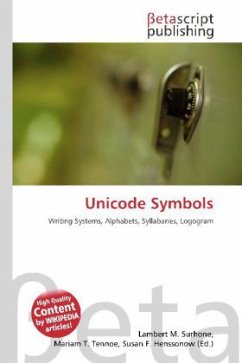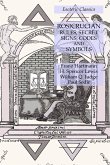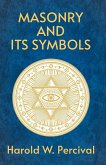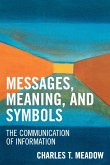Please note that the content of this book primarily consists of articles available from Wikipedia or other free sources online. In computing, in addition to encoding characters for the various writing systems used throughout the World, Unicode also devotes several blocks of characters to symbols that have a well-defined place in plain text. Many of the symbols are drawn from existing character sets or ISO or other national and international standards. As stated in the Unicode Standard 5.0, The universe of symbols is rich and open-ended. This makes the issue of what symbols to encode and how symbols should be encoded more complicated than the issues surrounding alphabets, syllabaries, logographies, and other writing systems. Typically Unicode has sought to encode symbols that have clear roots in national and international standards. Similarly, it focuses on symbols that make sense in a one-dimensional plain text context. For example, Unicode cites the typical two-dimensional arrangement of electronic diagram symbols as the reason for not including those in the characters set.








